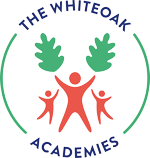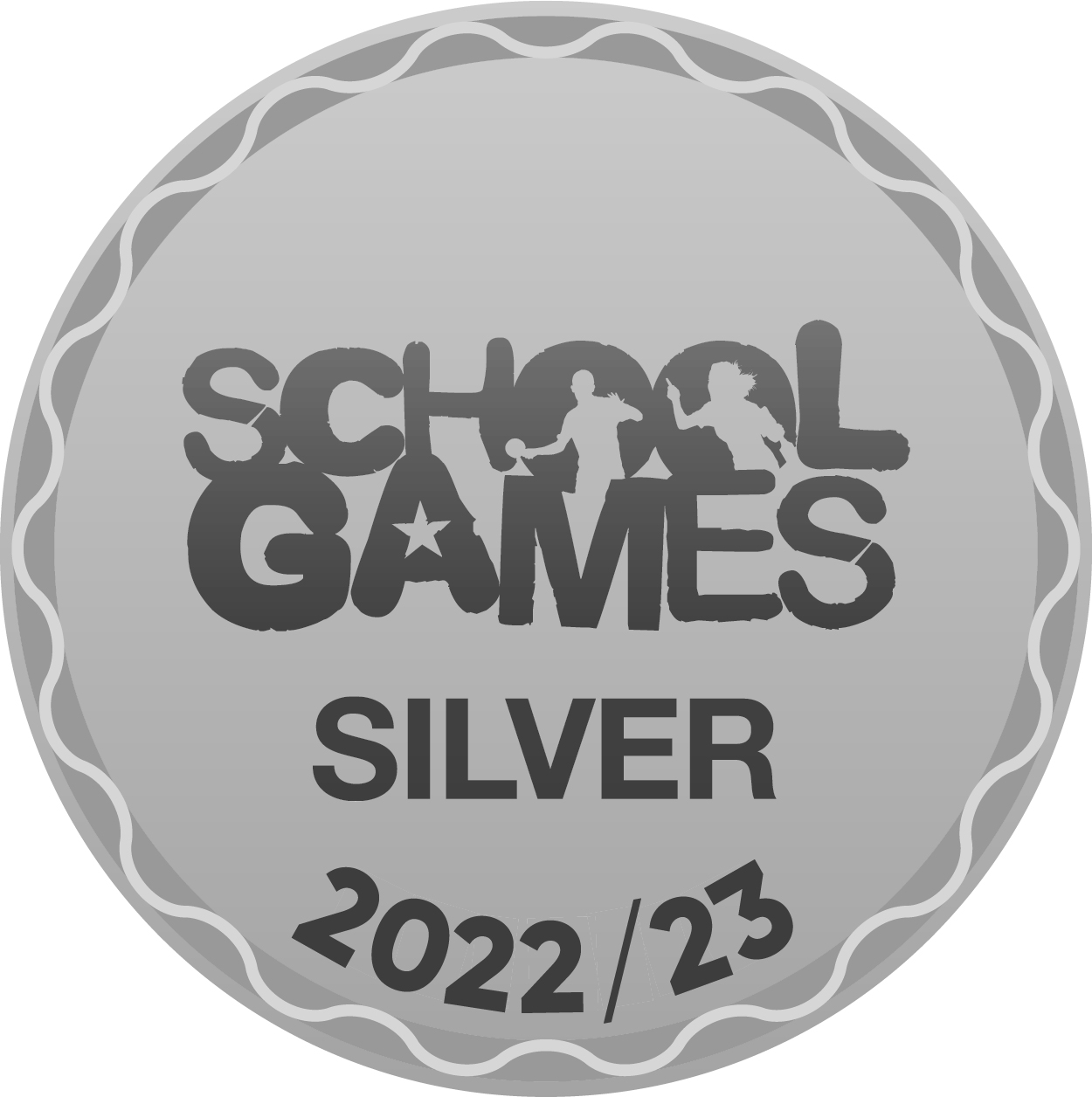Story time from Reception to Year 6
Story times
Reading aloud to our children holds such magic. By ensuring that these sessions are delivered well, our teachers replicate for children exactly what it feels like to have someone’s undivided attention while sharing a story. This is why story time is a priority across our family of schools and why these sessions happen for 20 minutes in every class, from Reception to Year 6, every day.
At the Whiteoak Academies, we recognise that literature is probably the most powerful medium through which children have the chance to experience the lives of others.
Sometimes when we share a story, our children need to be able to imagine themselves living the life of the characters they meet, whether they be enjoying a family trip to the seaside, or facing a fear or loss.
We also recognise the great importance of choosing stories that reflect the lives of those whose experiences and perspectives are quite different from the children’s own. By choosing texts that explore such differences, we can break down a sense of otherness that may lead to prejudice and instead promote inclusion and celebrate diversity.




Reception and Key Stage 1
The reading spine for story time that we have in place from the Early Years into Year 2, has been developed carefully taking the following guidance from ‘The Reading Framework’ into consideration:
- Does the book elicit a strong response – curiosity, anger, excitement, laughter, empathy?
- Does it have a strong narrative that will sustain multiple readings?
- Does the text extend children’s vocabulary?
- Does it have illustrations which are engaging and reflect children from all backgrounds and cultures?
- Does it help children connect with who they are?
- Does it help children to understand the lives of people whose experiences and perspectives may be different from their own?
Many of the texts have been selected from the ‘Talk through stories’ and ‘Talk through poetry’ programme, while others have been chosen by our staff with the needs and interests of their classes in mind. Included are old favourites that are worth reading and re-reading such as Dogger by Shirley Hughes, as well as more recent literature, such as Perfectly Norman by Tom Percival.
These texts form the basis of the daily listening and language comprehension sessions in all classes and are the source of the tier two vocabulary used for daily language learning.
We recognise the need for this list to be updated regularly, to take into account the publication of new materials and the needs of the children we teach. The spine is also supplemented by the many other opportunities that there are for reading throughout the school day and across the wider curriculum.
Key Stage 2
At Key Stage 2, teachers select carefully the texts chosen for class story time, ensuring that they continue to help children connect to who they are, while also giving them an insight into perspectives that are different to their own.
While we have a spine of texts running through the junior years, there are two terms per year in which teachers have the freedom to choose texts to share with their class. During these terms, the texts may be different to those selected in the parallel class, as the needs and interests of the children will have been taken into consideration.







